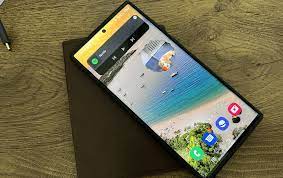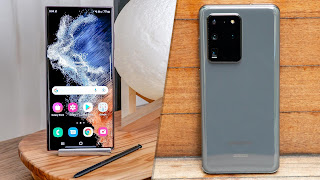Last month, analyst Ming-Chi Kuo predicted that Apple would ditch physical buttons on “two high-end iPhones,” widening the gap between Pro and non-Pro phones in 2023. Now, a second source backs up the report – albeit with a bit of reading between the lines to come to the same conclusion.

This time, it’s analysts from Barclays analysts whose forecasts are based on Cirrus Logic’s comments in a letter to shareholders and then on the most recent earnings call. Context: Cirrus Logic is responsible for much of the haptic technology that currently powers the iPhone, which may be necessary for the buttonless iPhone 15 Pro to function.
As MacRumors discovered, the letter said the company aims to “bring a new HPMS component to the smartphone market next year.” HPMS stands for “High Performance Mixed Signal,” and the company’s existing components include the haptic drivers that power the iPhone’s Taptic Engine.
However, “next year” is a large window, and the earnings call narrowed it down to “the second half of next year.” Notably, this is in line with Apple’s usual September release date for iPhones, and we fully expect the iPhone 15 series to arrive.
Blayne Curtis and Tom O’Malley of Barclays took advantage of these two data points. While acknowledging that “the company isn’t saying much here,” the analyst still concluded that the component is likely part of the Taptic Engines on the iPhone 15 Pro’s haptic buttons.
“When looking at potential use cases, the biggest change for next year’s new iPhone models is the elimination of buttons, which will require additional haptic engine drivers, making it the most likely use case for new content,” the analysts wrote.
Haptic case
While personally I’m a huge fan of physical buttons and their tactile clicks, there are undoubtedly several advantages to fully embracing haptics. Fewer moving parts means wear is no longer an issue, and more importantly, it reduces the risk of water damage to equipment by reducing the number of vulnerable points.
However, if Apple only considered this for the iPhone 15 Pro, as suggested here and by Ming-Chi Kuo, then we might think about it more from an aesthetic point of view. Just as Dynamic Island, an iPhone 14 Pro exclusive feature that looks neat but doesn’t offer much in terms of practical advantages, I suspect tactile buttons will be a similar way to show off the more desirable iPhone 15 Pro’s ownership.
Not that there aren’t more practical reasons to choose the Pro. We fully expect other advantages such as faster chipsets, 120Hz screens and better camera systems to persist in 2023. But for some, having a top-of-the-line iPhone is as much a fashion statement as it is a fashion statement, and tactile buttons will make that statement even more pronounced.
>>>>>>>>>>>>Apple battery









